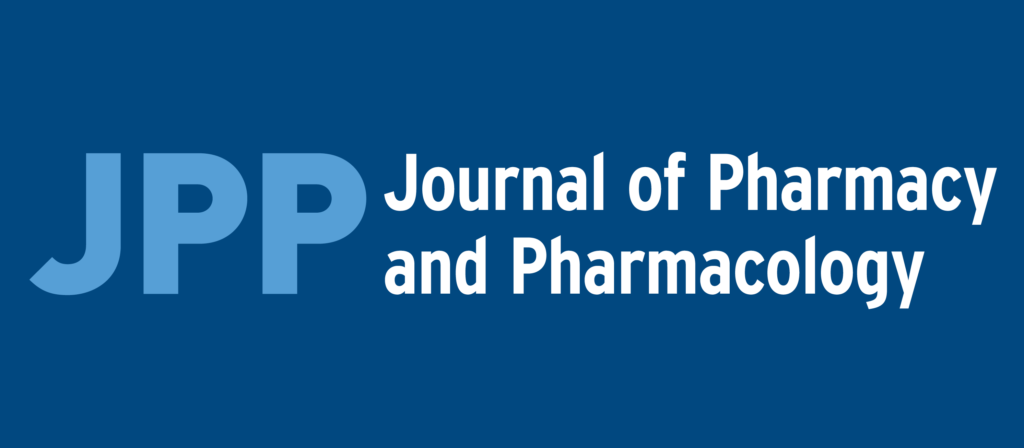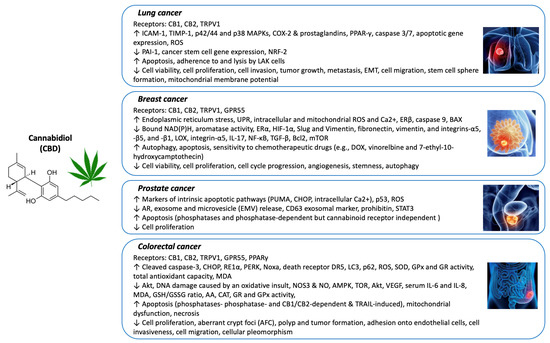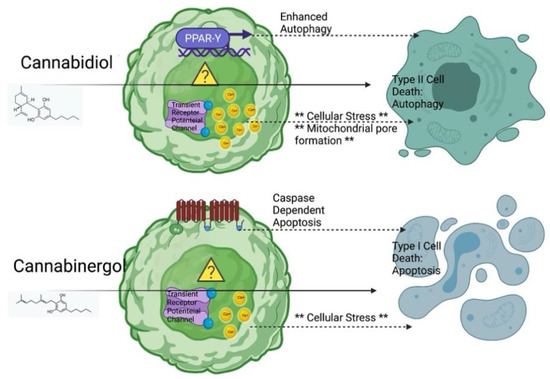
“Objectives: In recent years, cannabinoids have been shown to have beneficial effects on diabetic vascular complications.
Vascular complications due to fructose-induced hyperinsulinemia (HI) and diabetic vascular complications have similar mechanisms.
The aim of this experimental study was to observe whether the cannabinoid agonist delta-9-tetrahydrocannabinol (THC) has an ameliorating effect on fructose-induced HI and vascular responses in the aortic ringof rats with HI.
Methods: A total of 24 rats were categorized into 4 groups: control (standard food pellets and water), HI (water containing 10% fructose provided for 12 weeks), THC (1.5 mg/kg/day intraperitoneal administration for 4 weeks), and THC+HI.Body weight was measured again on the last day of the study and the serum insulin level was measured with an enzyme-linked immunosorbent assay. The acetylcholine (ACh) maximum relaxant effect in aortic rings pre-contractedwith noradrenaline (NA) was evaluated.
Results: The body weight of THC and THC+HI groups was lower compared with that of the controls (p<0.01). Increasedinsulin level as a result of fructose consumption decreased with THC administration (p<0.01) while the glucose level increased in all other groups compared with the control group (p<0.01, p<0.05). The NA Emax value decreased in thegroup receiving THC treatment (p<0.01). The increased ACh pD2 value in the HI groups also decreased in the THCtreatment group (p<0.0001). The decreased maximum inhibition value in the HI group increased significantly with THC administration (p<0.001).
Conclusion: THC demonstrated beneficial effects on fructose-induced HI. THC improved ACh-induced endothelialdependent relaxation in HI rat aortic rings.”
http://acikerisim.demiroglu.bilim.edu.tr:8080/xmlui/handle/11446/4516
https://internationalbiochemistry.com/jvi.aspx?un=IJMB-83703&volume=










